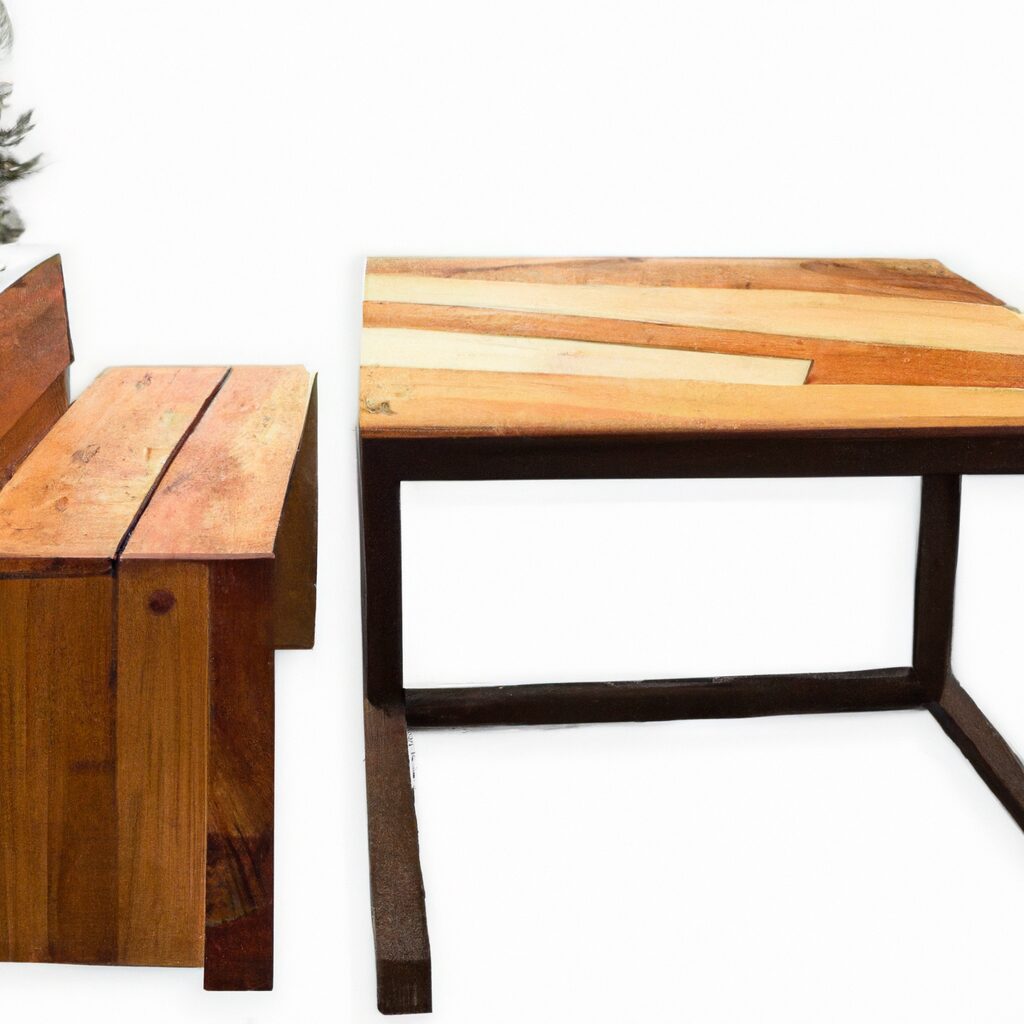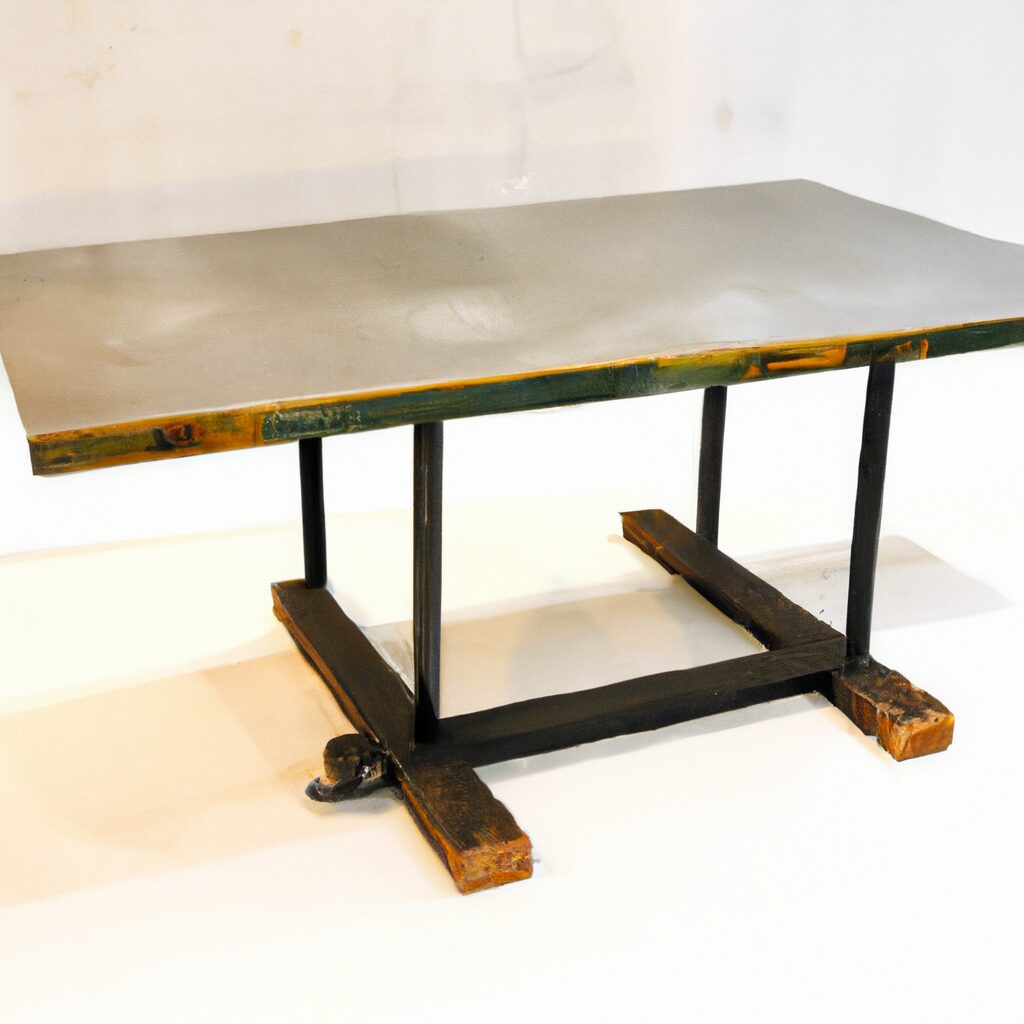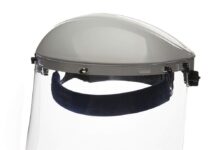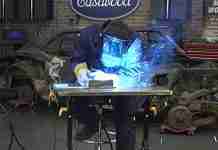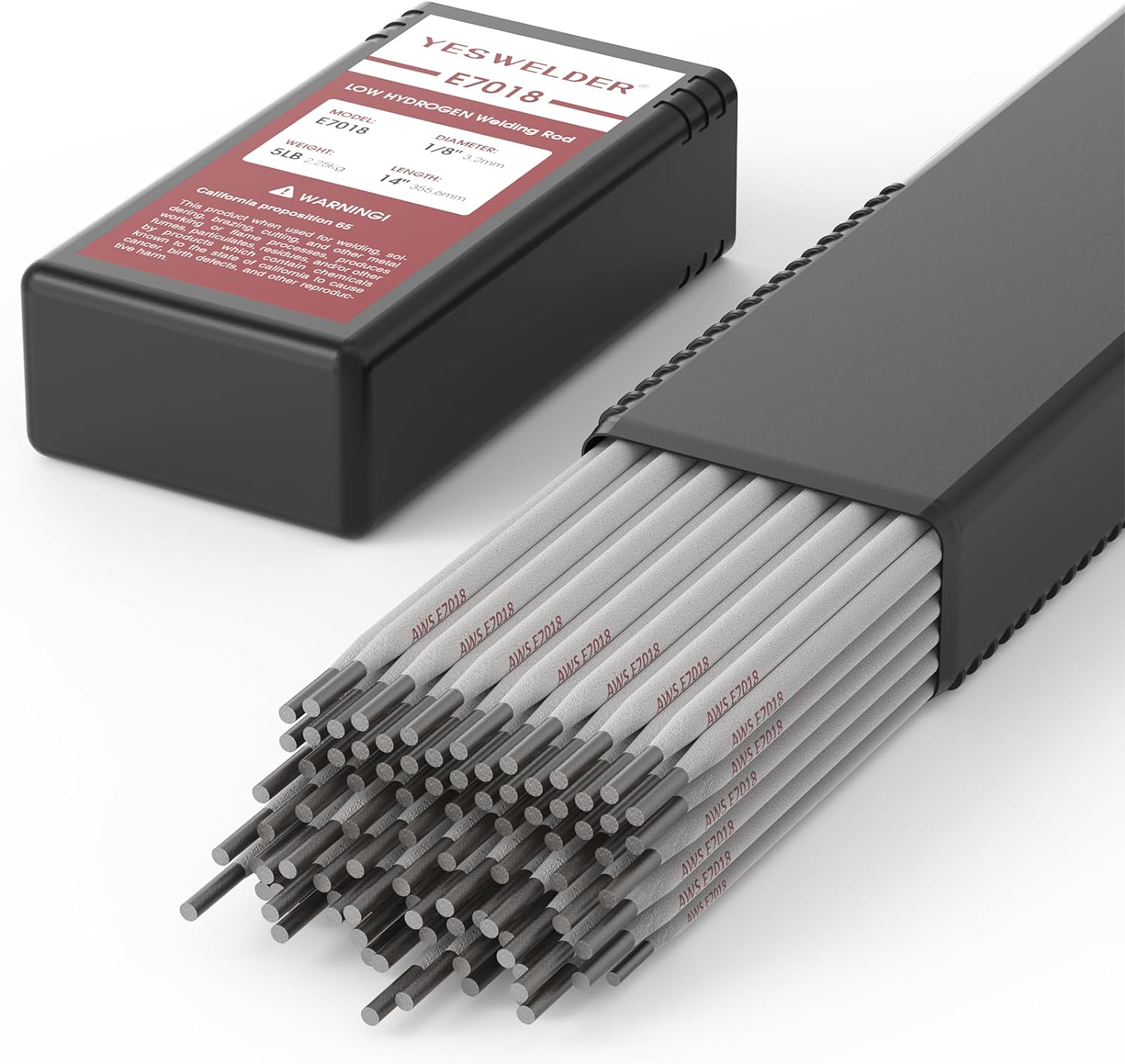In this article, we’ll explore the best materials to use when constructing a DIY table. Whether you’re a seasoned DIY enthusiast or a beginner looking to embark on your first project, choosing the right materials is essential for the durability and functionality of your creation. From traditional choices like wood and metal to more unconventional alternatives, we’ll walk you through the pros and cons of each material, helping you make an informed decision for your tabletop masterpiece. Get ready to discover the secrets of building a sturdy and stylish table that will serve as the centerpiece of your home.
Wood
Plywood
Plywood is an excellent choice for constructing a DIY table due to its durability and versatility. Made from layers of thin wood veneer glued together, plywood offers a strong and stable surface that can withstand heavy use. Its cross-grain construction mitigates warping, making it ideal for tabletops. Plus, plywood is available in various thicknesses and grades, allowing you to select the right option for your specific needs. Whether you’re creating a rustic farmhouse-style table or a sleek modern design, plywood provides a solid foundation to bring your vision to life.
Hardwood
If you’re looking for a table that exudes elegance and timeless beauty, hardwood is the way to go. From classics like oak and maple to exotic options such as mahogany and teak, hardwood offers unmatched durability and a natural aesthetic appeal. With its dense composition, hardwood can withstand daily wear and tear and has the potential to become a cherished heirloom piece. Additionally, hardwood can be easily stained or finished to enhance its natural beauty, ensuring that your DIY table perfectly complements your home décor.
MDF
Medium-density fibreboard (MDF) is a popular choice for DIY table construction, particularly for those on a budget. Composed of wood fibers and resin binders, MDF offers uniformity and smoothness, making it easy to work with. It is an excellent option for tabletops as it provides a flat, seamless surface that is resistant to warping. While MDF may not have the same durability as hardwood or plywood, it can still offer a sturdy base for your DIY table. Additionally, MDF can be easily painted or veneered to achieve the desired aesthetic.
Particleboard
Particleboard, also known as chipboard, is another affordable option for constructing a DIY table. Made from compressed wood chips and a resin binder, particleboard is lightweight and easy to handle. However, it is not as durable as other wood options, and its susceptibility to moisture can cause swelling or damage. Despite this, particleboard can still be a viable choice for temporary or low-impact tables. It is worth considering if you are on a tight budget or require a material that can be easily replaced or modified.
Metal
Steel
When it comes to creating a sturdy and industrial-looking DIY table, steel is an excellent choice. Its strength and durability make it perfect for supporting heavy loads without compromising stability. Steel tables are commonly found in workshops, kitchens, and outdoor settings due to their resistance to rust and corrosion. Additionally, steel can be welded or bolted together, allowing you to customize the table to your exact specifications. Whether you prefer a minimalist design or a bold statement piece, steel tables offer both functionality and aesthetic appeal.
Aluminum
If you’re seeking a lightweight and versatile material for your DIY table, aluminum is a fantastic option. Known for its corrosion resistance and durability, aluminum is often used in outdoor furniture due to its ability to withstand the elements. Its lightweight nature makes it easy to move around, making it ideal for portable or folding tables. Additionally, aluminum offers a sleek and modern aesthetic, providing a contemporary flair to your table design. Whether you’re crafting a patio table or a sleek office desk, aluminum can meet your needs with style.
Cast Iron
For those looking to create a table with a touch of elegance and vintage appeal, cast iron is the way to go. Its strength and durability are unmatched, making it suitable for heavy-duty tables that will last for generations. Cast iron offers exceptional stability and resistance to wear, making it ideal for dining or coffee tables that will see regular use. Moreover, cast iron can be intricately designed and molded, allowing you to create stunning and ornate table bases that become a focal point in any room. While cast iron may be more challenging to work with, the end result is a timeless masterpiece.
Glass
Tempered Glass
If you’re aiming for a modern and sleek aesthetic for your DIY table, tempered glass is an excellent choice. It is hardened through a heating and cooling process, making it significantly stronger than regular glass. Tempered glass is also safer, as it breaks into small, rounded fragments rather than sharp shards when shattered. This feature enhances its suitability for tabletops, ensuring that minor accidents won’t result in serious injuries. Additionally, the transparency of tempered glass allows it to seamlessly blend into any room design, making it a versatile material for DIY tables.
Laminated Glass
Laminated glass offers a combination of durability and design possibilities, making it an attractive option for DIY tabletops. Composed of two or more layers of glass with an interlayer of polyvinyl butyral (PVB) or ethylene-vinyl acetate (EVA), laminated glass is resistant to impact, making it ideal for areas with high foot traffic or homes with children. The interlayer also provides added safety, as it prevents the glass from shattering into sharp pieces when broken. From clear to frosted or even colored options, laminated glass offers endless design possibilities for your DIY table.
Concrete
Regular Concrete
If you’re looking to create a table with an industrial or minimalist vibe, regular concrete provides a durable and versatile option. Concrete tables are sturdy and resilient, capable of withstanding the toughest conditions. Whether you prefer a smooth, polished surface or a more textured look, regular concrete can be customized to suit your style. However, it is crucial to note that working with concrete can be challenging and time-consuming, requiring expertise and proper tools. Nevertheless, the end result is a unique and eye-catching DIY table that will grab attention in any space.
Lightweight Concrete
For those seeking the strength and durability of concrete while being conscious of weight, lightweight concrete is an excellent alternative. It is made by replacing some of the traditional aggregates, such as sand or gravel, with lightweight materials like expanded clay, shale, or vermiculite. This substitution reduces the weight of the concrete while maintaining its structural integrity. Lightweight concrete tables offer easier handling, making them more suitable for DIY projects. With numerous finishes and decorative options available, lightweight concrete allows you to bring your creative vision to life without compromising practicality.
Plastic
Acrylic
Acrylic, also known as plexiglass, is a versatile material often used in modern furniture design, including DIY tables. Its excellent optical clarity and high resistance to impact make it an attractive option for tabletops. Acrylic is lighter than glass, making it more manageable and safer to handle during the DIY process. Furthermore, it is available in a range of colors and finishes, allowing you to customize your table to suit your style. Its versatility extends to shaping and molding, making it possible to create unique and eye-catching table designs. Whether you’re going for a minimalist look or a bold statement piece, acrylic can deliver both aesthetic appeal and practicality.
Polyethylene
Polyethylene is a popular choice for outdoor DIY tables due to its durability and weather resistance. This plastic material is highly resistant to moisture, chemicals, and UV radiation, making it suitable for withstanding harsh outdoor conditions without fading or deteriorating. Polyethylene tables are easy to clean, lightweight, and available in various shapes and colors, enabling you to create a stylish outdoor gathering space. While not as visually impactful as other materials, polyethylene excels in its practicality, making it an excellent choice for those seeking an easy-to-maintain and long-lasting DIY table.
Polycarbonate
Polycarbonate is a strong and impact-resistant material, making it a reliable option for DIY tabletops, particularly in high-traffic areas. It is lightweight, yet has excellent structural integrity, ensuring that your table remains sturdy and stable. Additionally, polycarbonate is highly transparent, allowing it to mimic the appearance of glass without the risk of shattering. If you’re looking for a material that can withstand daily use while maintaining a sleek and modern look, polycarbonate is an ideal choice.
Composite Materials
Fiberboard
Fiberboard, also known as engineered wood, is a composite material made from wood fibers combined with resin binders. It offers the stability and durability of solid wood while being more cost-effective. Fiberboard is available in different densities, allowing you to select a variant that suits your desired level of sturdiness. This material is ideal for constructing tabletops as it provides a smooth surface without the risk of warping, making it suitable for various table designs and finishes. Whether you want a traditional or contemporary DIY table, fiberboard offers a versatile and affordable solution.
Particle Board
Particle board, similar to fiberboard, is a composite material made from wood chips or particles combined with resin binders. It is an affordable option for DIY projects, including table construction. However, particle board may not be as durable or resistant to moisture as other wood options, making it more suitable for temporary or low-impact tables. Nevertheless, it can still provide a solid base for tabletops when used in conjunction with other materials or protective finishes.
Natural Stones
Granite
Granite is a luxurious and durable material that adds elegance to any DIY table. Known for its beauty and strength, granite provides a smooth and polished surface that is resistant to heat, scratches, and stains. Each piece of granite is unique, with its distinct colors, patterns, and veining, making it a visually stunning choice for tabletops. Whether used for dining tables, coffee tables, or countertops, granite is an excellent investment due to its longevity and timeless appeal.
Marble
Marble exudes an aura of sophistication and elegance, making it highly sought after for luxurious DIY tables. Its natural veining and color variations create a distinctive and timeless look. Marble offers durability and heat resistance, making it suitable for both indoor and outdoor tables. However, it is essential to consider that marble can be prone to staining and scratching, requiring regular maintenance and care. Despite this, the allure of a marble tabletop is undeniable, and it can elevate the ambiance of any room with its classic beauty.
Slate
For those desiring a rustic and earthy touch to their DIY table, slate is an excellent option. Slate is renowned for its unique texture, visual appeal, and durability. Its natural slip resistance makes it ideal for outdoor tables or areas prone to moisture. Slate tabletops offer a distinct and raw aesthetic, adding a natural element to any space. With its rich colors and textured surface, slate can create a striking focal point for your DIY table.
Bamboo
Bamboo is a sustainable and eco-friendly material for constructing DIY tables. It grows rapidly and requires minimal pesticides and fertilizers, reducing its environmental impact. Bamboo tables are prized for their natural beauty and warm tones that can add a touch of organic charm to any setting. Moreover, bamboo is sturdy and durable, making it comparable to hardwood in terms of strength. If you’re passionate about environmentally conscious design and appreciate the unique aesthetic of bamboo, it is an excellent choice for your DIY table.
Ceramic
Porcelain
Porcelain is a versatile and durable material commonly used for DIY tabletops. Its smooth surface makes cleaning a breeze, and it is resistant to stains and scratches. Porcelain tabletops offer a sleek and modern appearance, elevating the style of any room. With a wide range of colors and finishes available, you can easily find a porcelain option that matches your desired aesthetic. Whether you prefer a minimalist design or a more vibrant statement piece, porcelain can fulfill your vision.
Terracotta
Terracotta, a type of ceramic made from clay, is an excellent choice for those seeking a rustic and warm aesthetic for their DIY table. Its earthy tones evoke a sense of coziness and authenticity, adding character to any space. Terracotta tabletops offer a natural charm and can be complemented with various finishes to enhance their durability. Though it may require additional care to prevent staining or water damage, a terracotta DIY table can provide a unique and inviting focal point in your home.
Glazed Ceramic
Glazed ceramic combines the durability and functionality of ceramic with a glossy and decorative finish. The glazing process involves applying a glassy coating to the ceramic surface, offering enhanced protection against stains and scratches. Glazed ceramic tables come in an array of colors, patterns, and textures, making them a versatile option to suit various design preferences. Whether you opt for a bold and vibrant design or a subtle and understated look, glazed ceramic can create a striking and eye-catching DIY table.
Conclusion
When it comes to constructing a DIY table, the choice of materials is crucial in determining the table’s durability, aesthetics, and functionality. From wood and metal to glass and stone, each material brings its own unique characteristics to the table, allowing you to create a customized piece that perfectly suits your needs and personal style.
Wood remains a perennial favorite due to its natural beauty and versatility. Plywood and hardwood offer durability, stability, and the opportunity to showcase the timeless elegance of wood. MDF and particleboard provide more affordable options that can still produce solid and reliable tables.
Metal tabletops, such as those made from steel, aluminum, or cast iron, boast strength, stability, and a modern design appeal. These materials are a popular choice for industrial-style tables or outdoor furniture due to their resistance to rust and weather.
Glass tabletops, whether tempered or laminated, offer a sleek and contemporary look that can effortlessly complement any decor. Their transparency creates a sense of spaciousness and openness while ensuring safety through their shatter-resistant properties.
Concrete provides a durable and industrial aesthetic, with regular concrete providing a textured or polished finish. Lightweight concrete offers the same strength and durability with reduced weight for easier handling during DIY projects.
Plastic materials like acrylic, polyethylene, and polycarbonate offer a range of benefits, including lightweight construction, high impact resistance, and weather resistance for outdoor tables. Their versatility allows for customization and a wide variety of design possibilities.
Composite materials, such as fiberboard and particle board, offer cost-effective options for DIY tables while maintaining strength and stability. These materials can be used as a base or combined with other materials to create various tabletop designs.
Natural stones like granite, marble, and slate provide durability, elegance, and a touch of luxury to DIY tables. Each stone has its unique aesthetic properties, creating tabletops that are visually striking and long-lasting.
Bamboo, a sustainable and eco-friendly material, offers a unique and organic charm to DIY tables. Its warmth and durability make it an attractive option for those who prioritize environmentally conscious design.
Finally, ceramic materials like porcelain, terracotta, and glazed ceramic offer durability, easy maintenance, and a range of finishes and colors. These materials are highly versatile, allowing you to create DIY tables that embody your desired style, whether it’s modern, rustic, or vibrant.
In conclusion, the best material for constructing a DIY table depends on your specific requirements and preferences. Consider factors such as durability, aesthetics, budget, and the intended use of the table. By carefully selecting the appropriate material, you can create a beautiful and functional DIY table that will enhance your living space for years to come.



